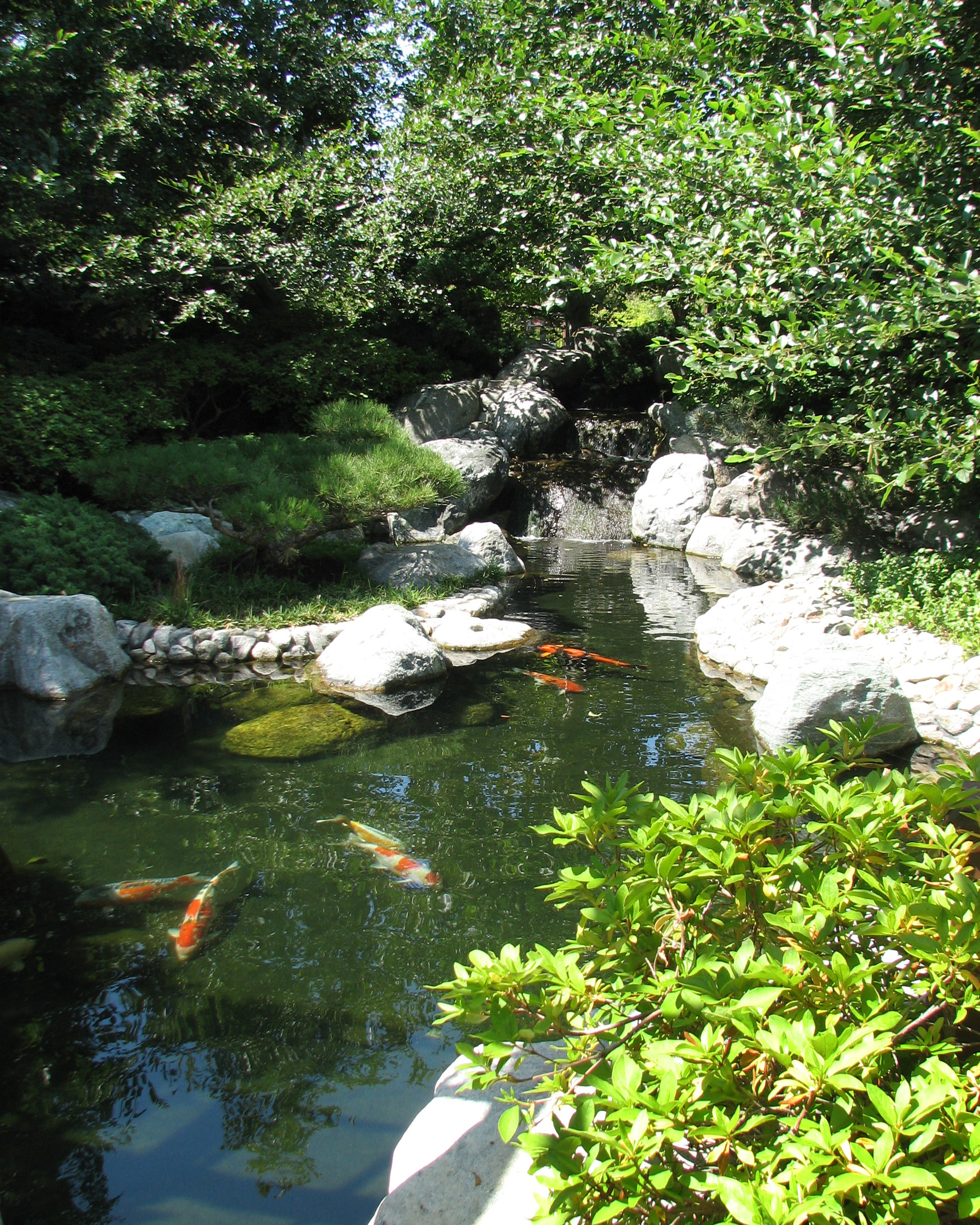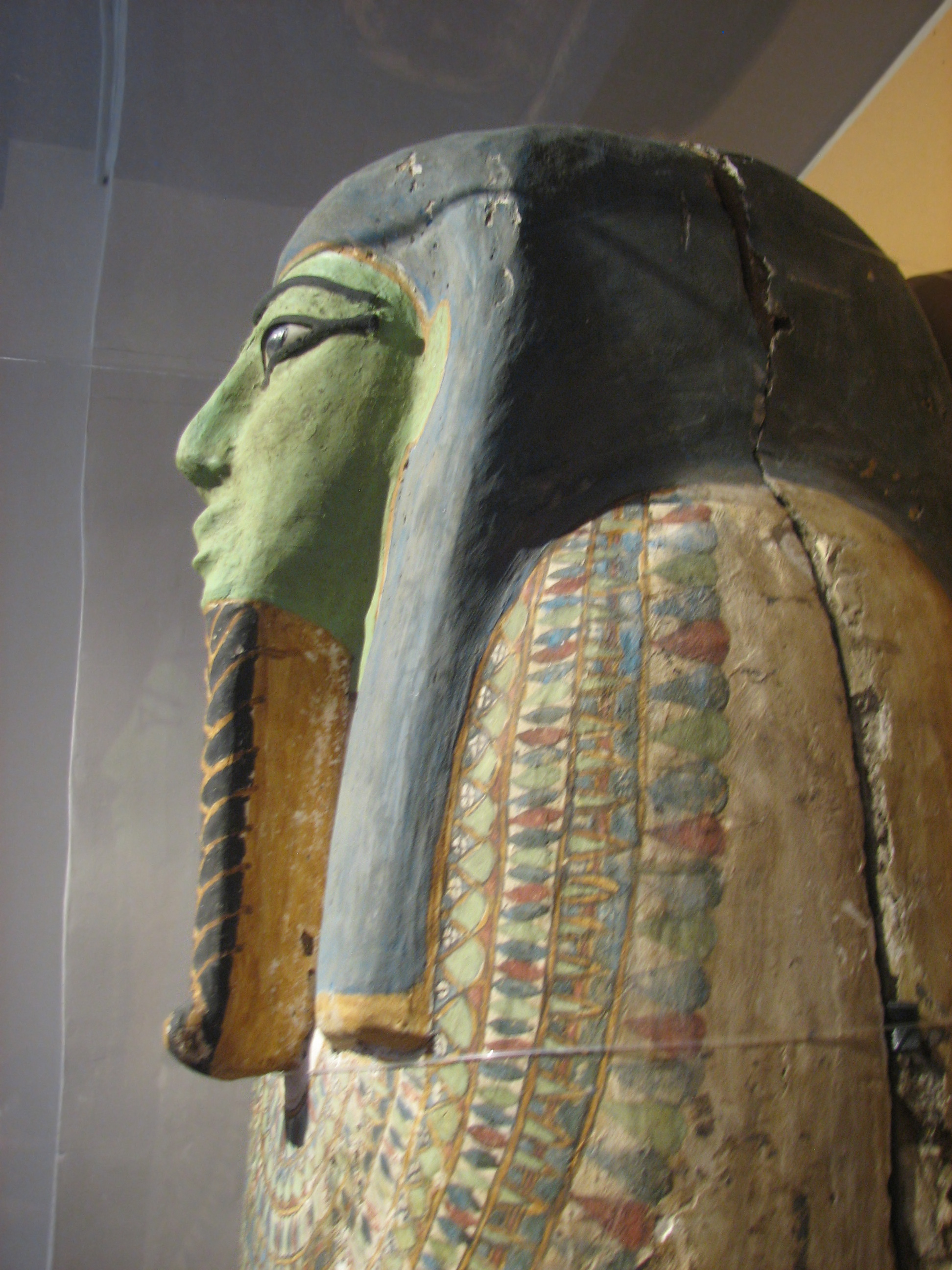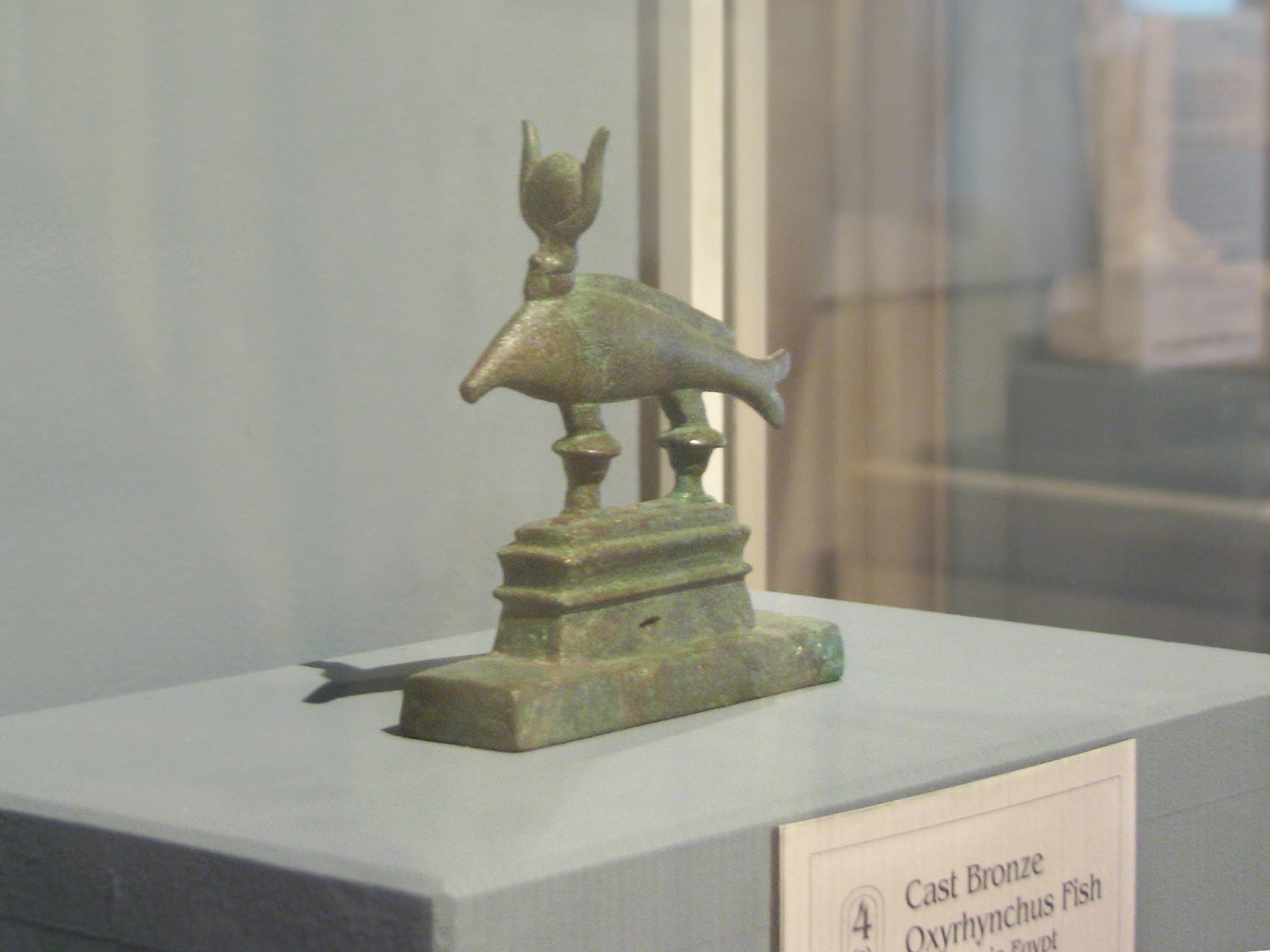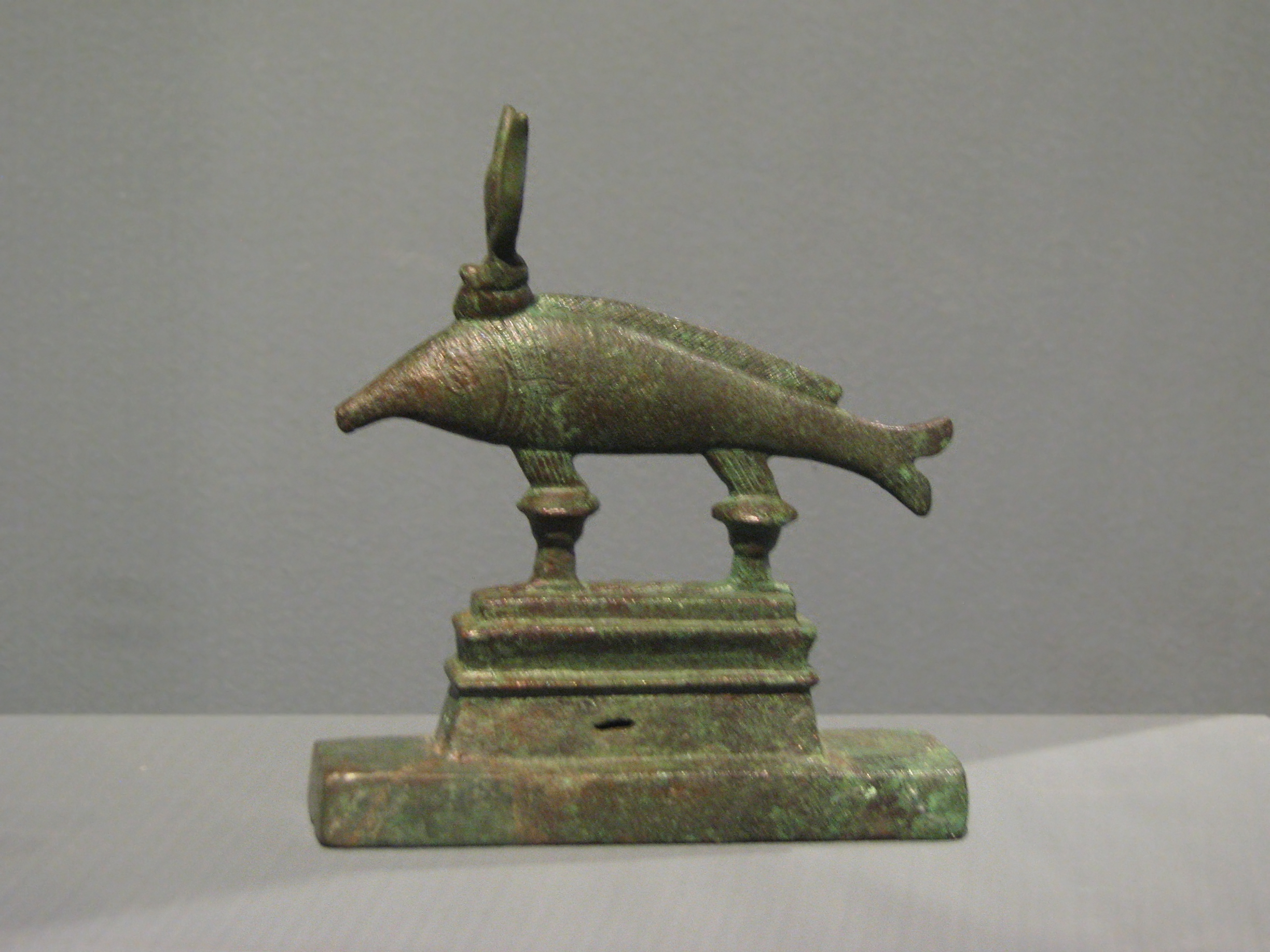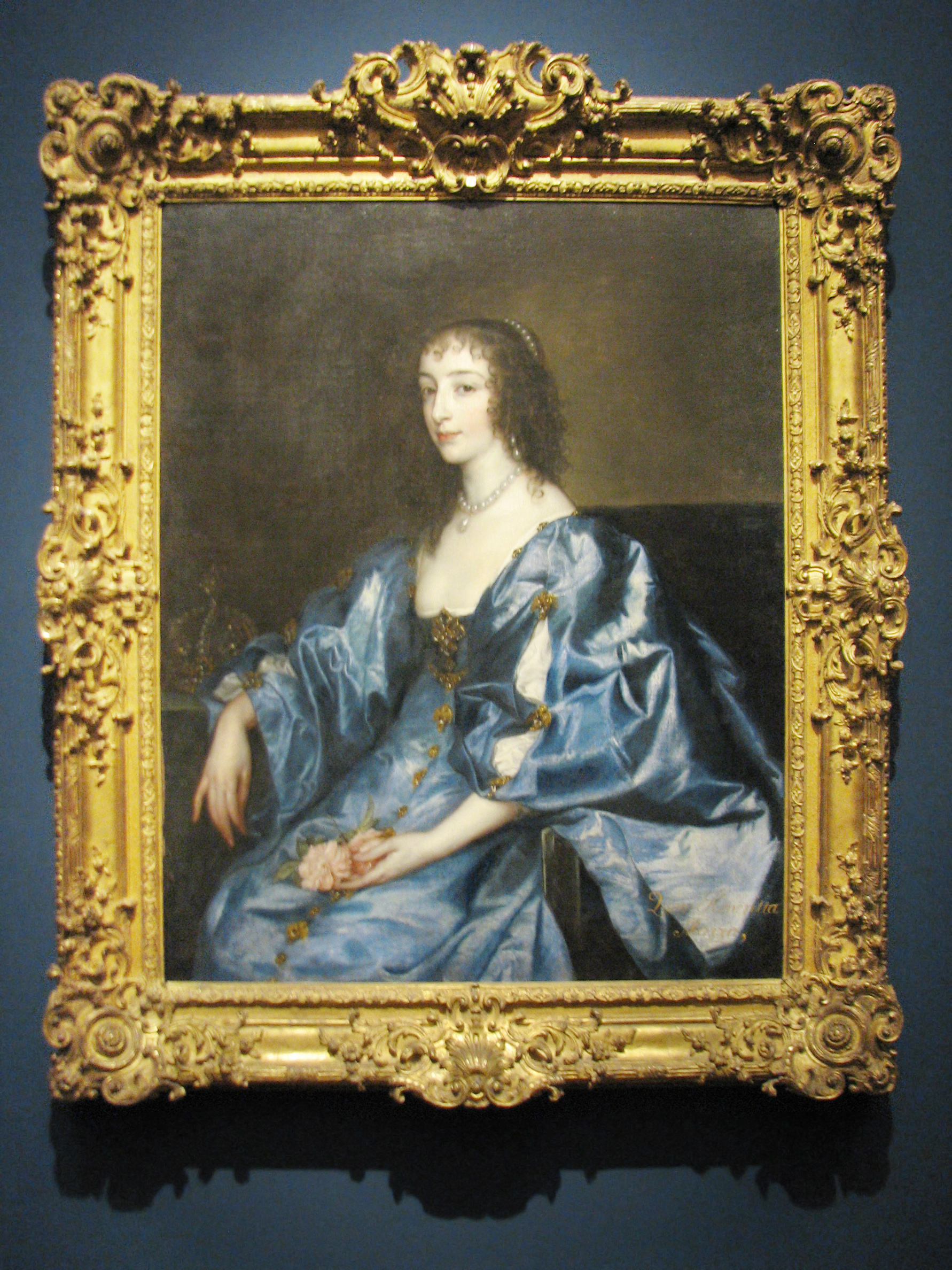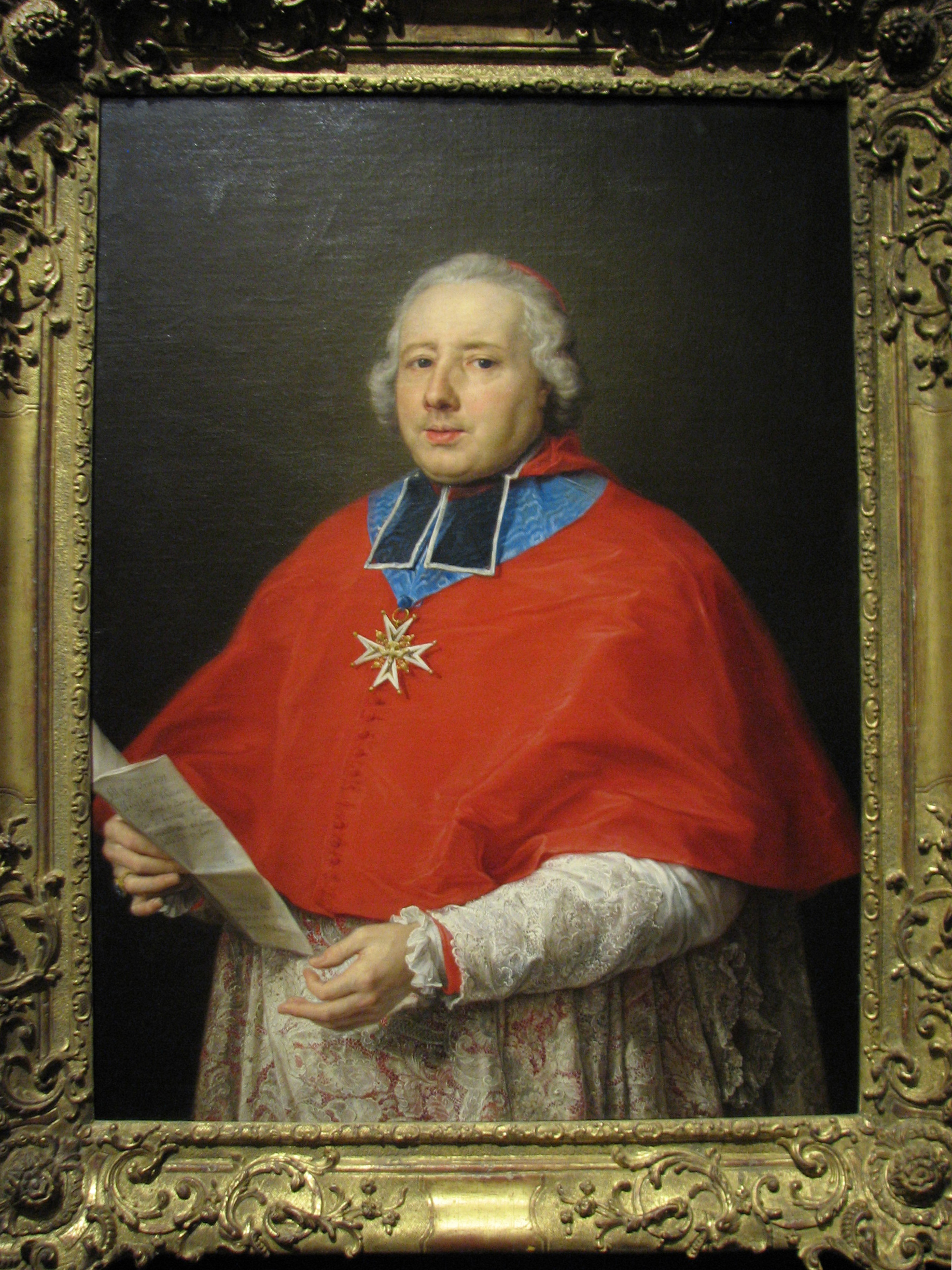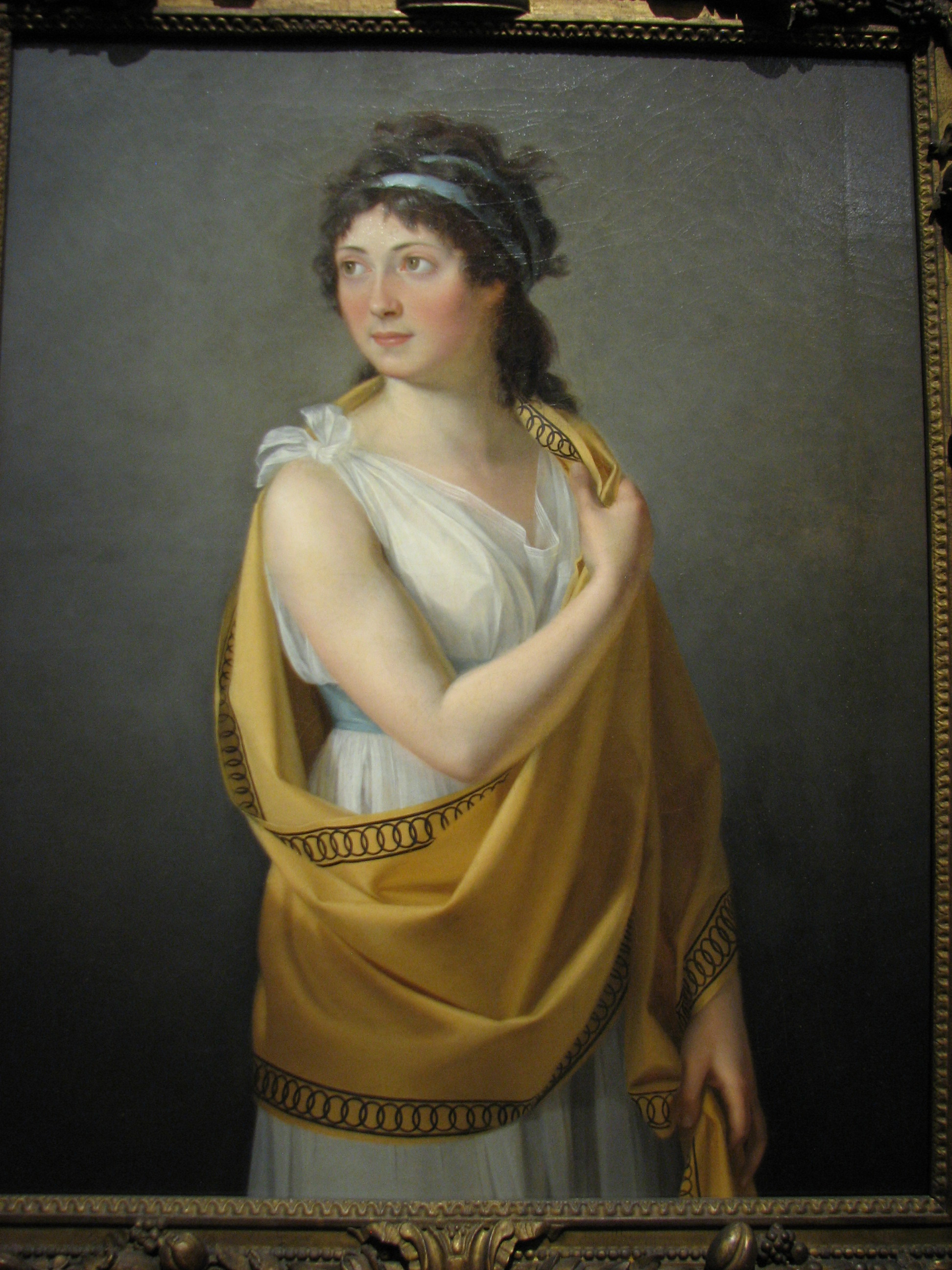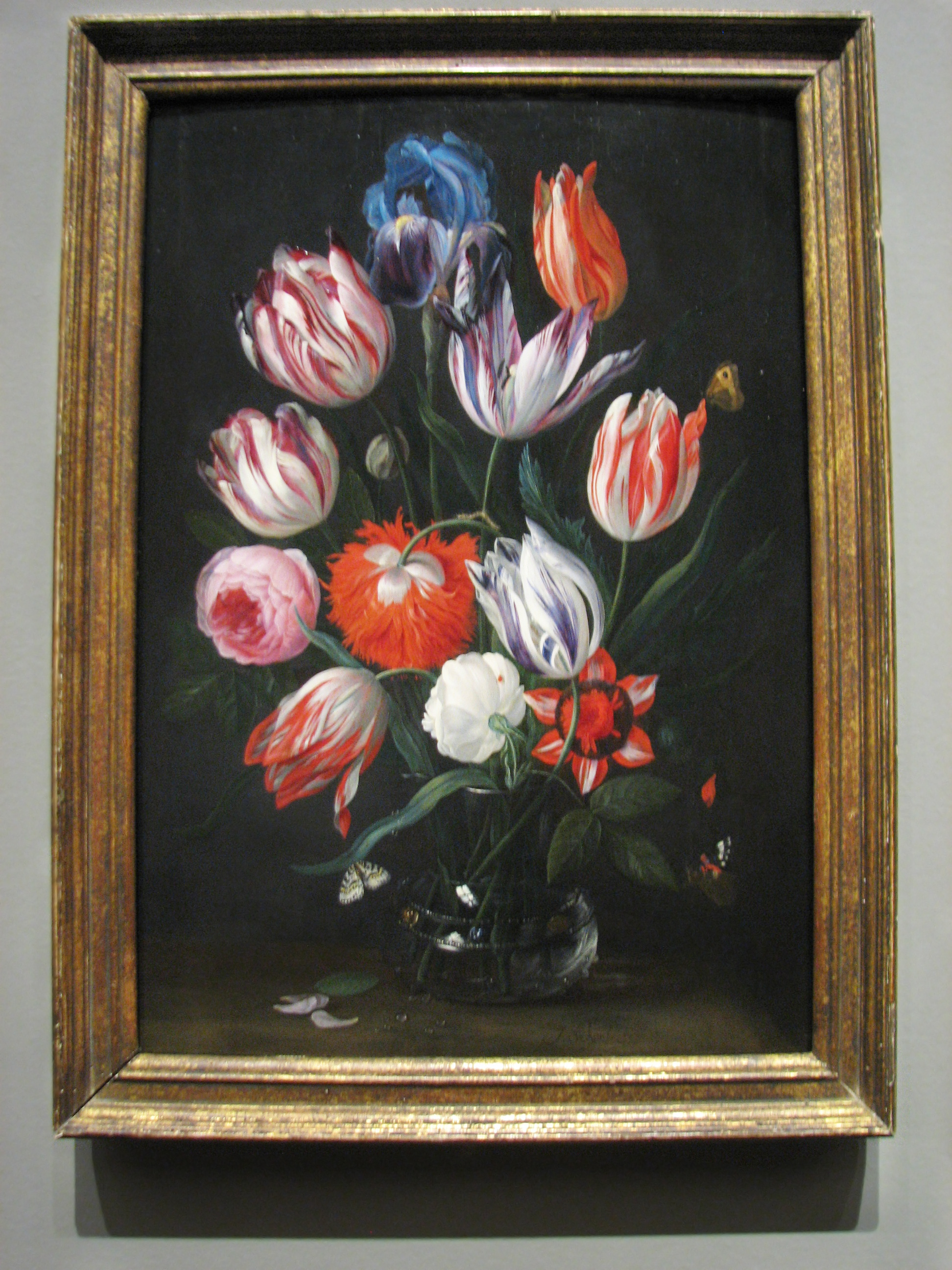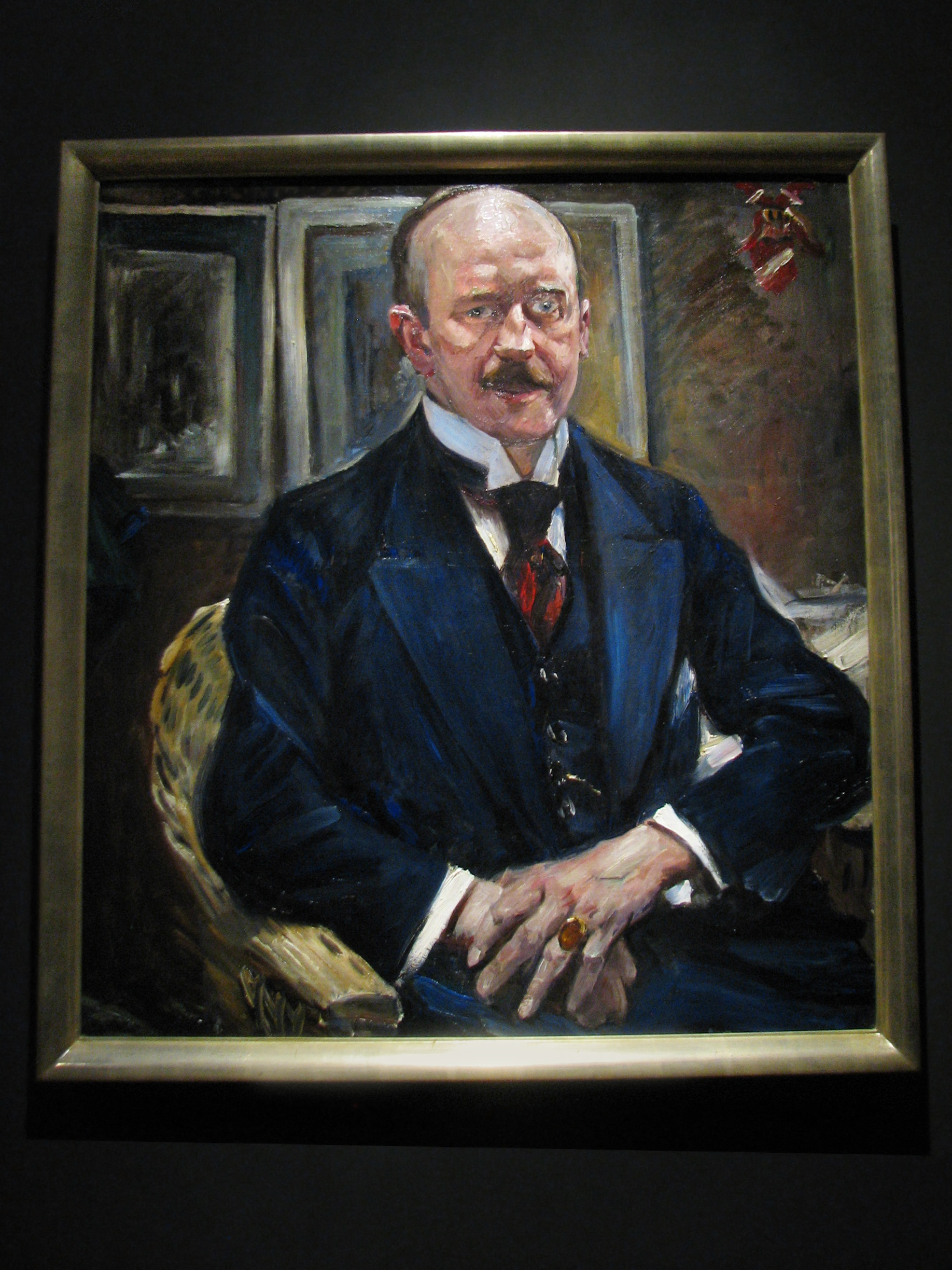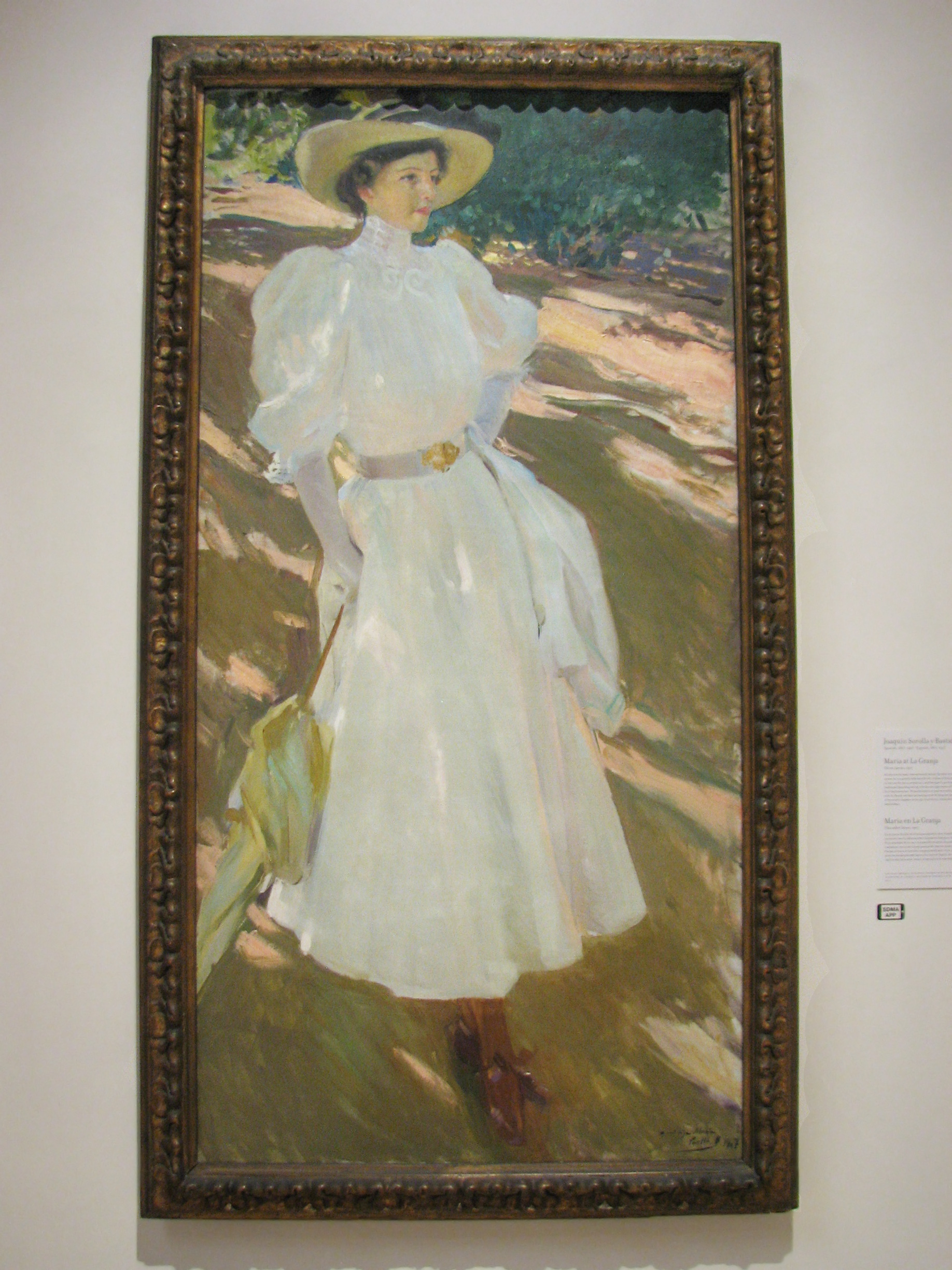
Sunday, June 19, 2016
Anticipating Our Trip
8:41am
This time next week, Julia and I will be headed towards San Diego!
I've got a tentative loose schedule in mind. We may arrive early enough Snday to see some sights, Museum of Man? Some Egyptian things are there. I saw some of them briefly in 2004, when Julia's brother and his friend visited us.
Now we shall have a week, and even a scenic tour of the sights is on the agenda!

Monday, June 27, 2016
Resting at the Koi Pond and Remembering
10:39am
Julia and I are sitting on a bench at the Koi garden area of the Japanese Gardens in Balboa Park. It is very near the organ pavillion, so we are enjoying an organ concert, as well.
The breeze and shade are delightful. The waterfall sounds add a soothing element, too.
Julia and I are glad just to sit, for we are sore, being unused to walking.
Yesterday, we took the bus into Balboa Park. The 120 bus lets off at Laurel, which soon turns into El Prado at the entrance to Balboa Park. I made a bee-line to the small Egyptian exhibit. There are several mummy cases, with very little info about them.
We saw quite a few stela fragments, and one of them is more complete than the others. I'm judging it is First Intermediate period or possibly Middle Kingdom, but the pose seems more Old Kingdom:

|
There's a few nice Pre-dynastic pots:
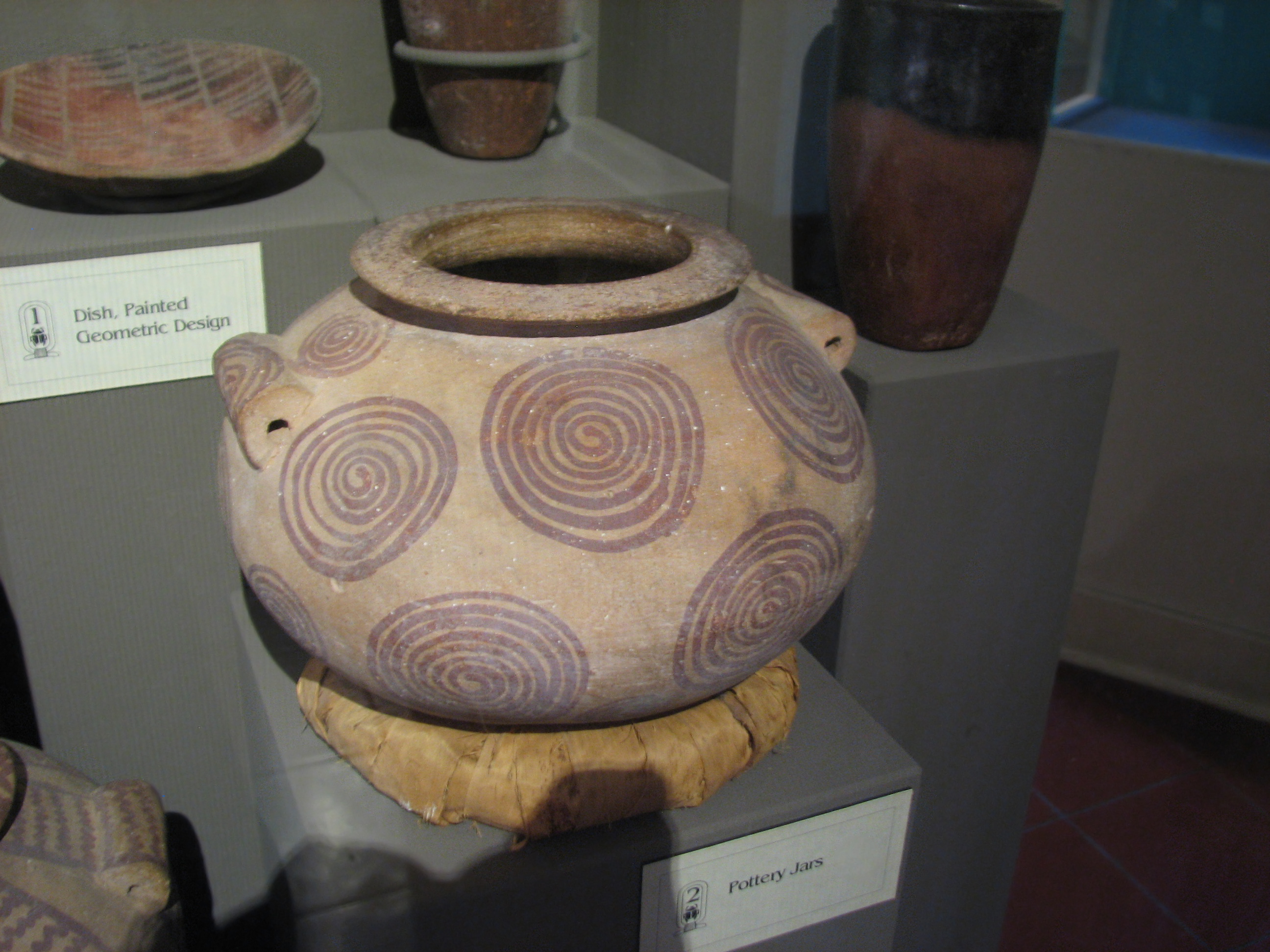
From the Late Predynastic period (3400-3200 BCE)
But Julia and I agree, their nicest piece is a Bronze fish from Oxyrhynchus during the Ptolemaic period. It's in exquisite shape and bears the "Hathor Horns":
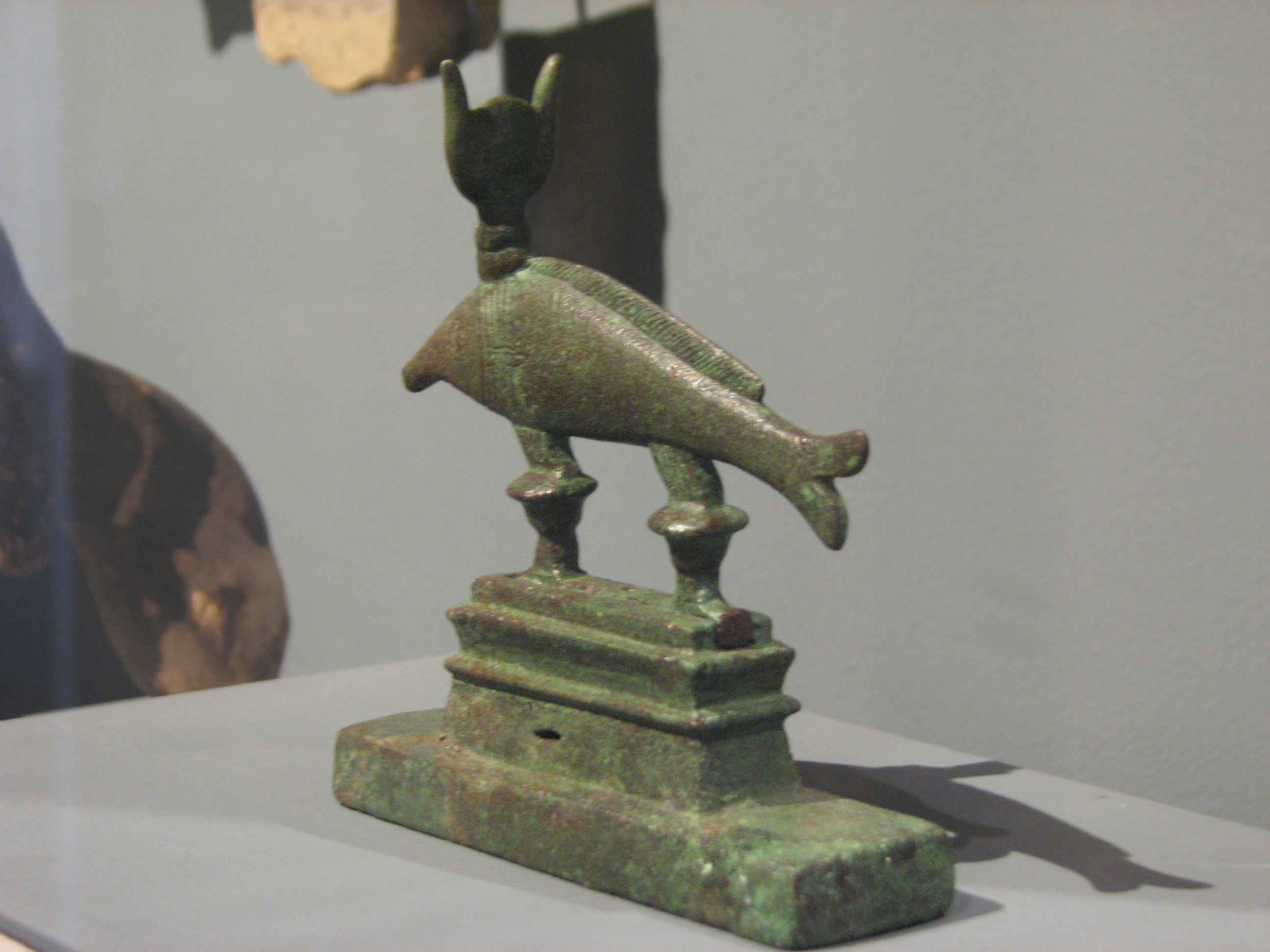
(Note of July 10, 2016: I'm in the process of researching these. I've found many such examples of Hathor-horned fish. I had thought that, because in the Ptolemaic period, Isis also wore the horned-sun disc, these may be more to do with this deity. But perhaps not. Daphna Ben-Tor explains: "The oxyrhynchus fish was also associated with the cult of Hathor and is represented in a temple relief on a naos inscribed 'Hathor, Lady of Esna,' indicating that it was worshipped as a manifestation of the goddess at that city. The sun-disk and horns crown that surmounts many bronze statuettes of the oxyrhynchus fish provide further evidence of its connection with Hathor." - From _The Immortals of Ancient Egypt_, (The Israel Museum, Jerusalem 1997), page 86)
After seeing those, we took a brief look at the Mayan stelae.

 Gold Kero (and many unfortunate reflections) Chimu-Inca, 1250-1533 CE Margaret Barlow Collection "For the Inca, drinking Chicha, their golden Corn Beer, was a reflection of the heavenly order. The surpreme lead of all the Inca, Sapa Inca, descended from the Sun God and drank chicha from a solid gold Kero. Coya, the queen of the Inca, descended from the moon and therefore drank from a silver kero. Other, more earthly, Incas drank from beautifully carved wood keros that were inlaid with colored lacquer". (From an info card). |
(I prefer a stainless steel flask!) I've brought a small steel canteen, and will soon tuck into the remainder of the breakfast teas.
We saved the "Cannibal" exhibit for another day and then went to the Museum of Art. I wanted to see the Matisse painting, but the 20th. Century exhibits are not yet open.
So we started with European portraiture. Julia and I parked our weary selves before a portrait of Queen Henrietta Maria of England by Van Dyck:
I marvelled at the vampiric paleness of her sking, likely lead-based make-up, not healthy!
The cardinal in red robes to her right had normal pale skin and very detailed lace garments underneath the red robe:
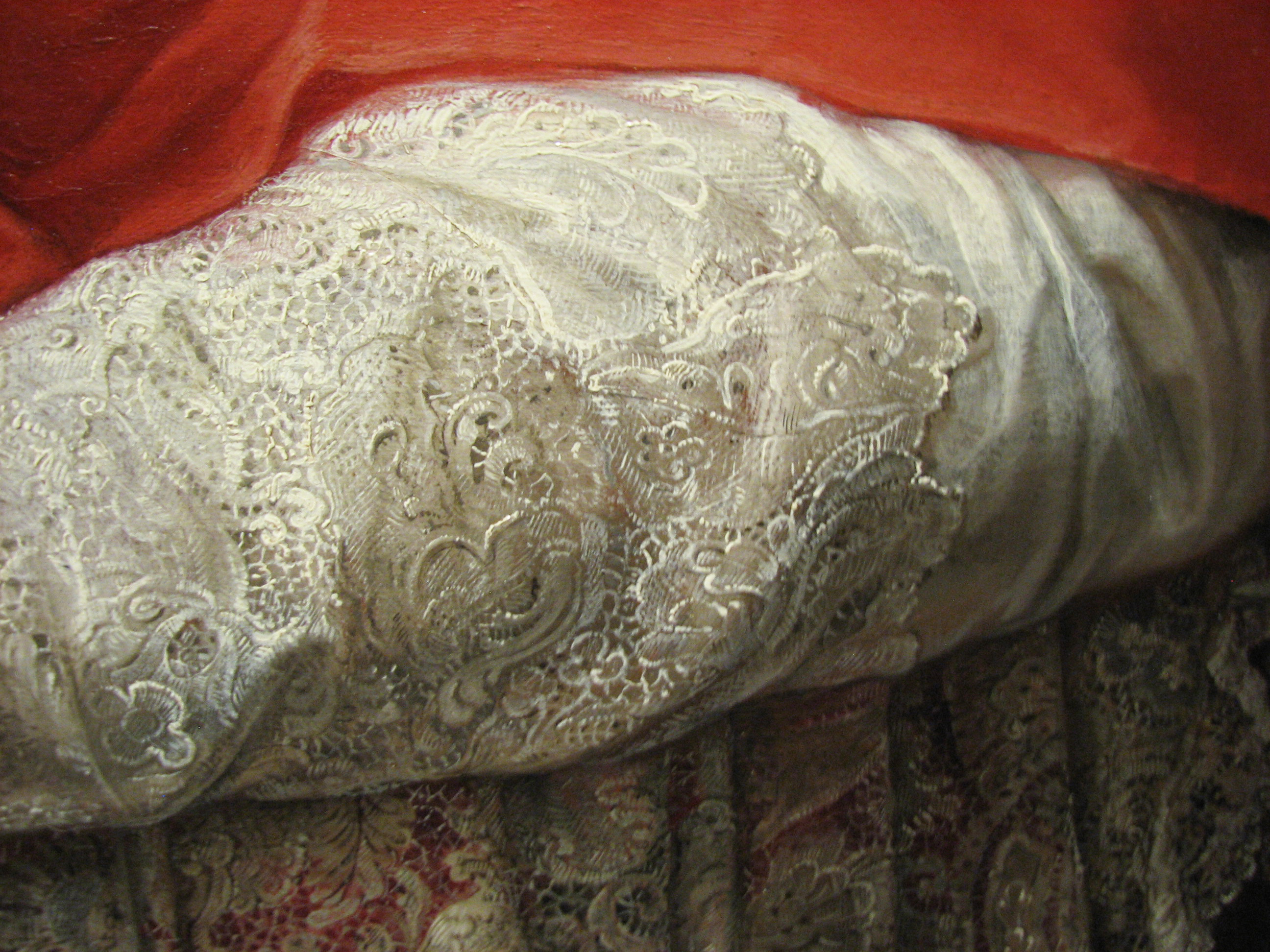
Detail...
| "This portrait was once attributed to Jacques-Louis David (1748-1825), and while it clearly shows his influence, as well as that of Élisabeth Vigée LeBrun (1755-1842), the artist responsible for it long remained a mystery. The painting has recently, however, been attributed to to Marie-Guillemine Benoist, an artist who achieved some fame in Napoleonic France. She studied with both David and Vigée LeBrun and was one of a number of prominent women artists working in Paris in the late eighteenth century." (From the info card) |
Following the portraits, we saw some mostly Dutch still lifes and landscapes. A still life of colorful striated tulips attracted my eye. The info card did not speak of the tulip bulb debacle. The striations, which were so prized, were caused by a bug. They were not healthy flowers, and many investors were ruined financially!
One portrait in the samll German Expressionist gallery caught my eye:
But the most splendid painting was a lady in sun-dappled shade by Joaquín Sorolla:
We left the remainder of the Museum of Art exhibits for another day, being exhausted by this point, (and we still had to walk to the bus stop yet!) We aim to take cabs the rest of our vacation. The traffic is insane, and we've no wish to attempt transversing in the car. Fortunately, the hotel is immediately off the I-8 exit.
To fortify ourselves for that walk, we had some refreshments at Panama 66. The tomato soup was delicious, as was the sweet potato hash. I had my hash with sliced avocado. That good food gave us the strength to get "home"!
